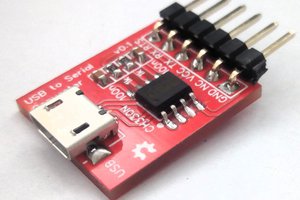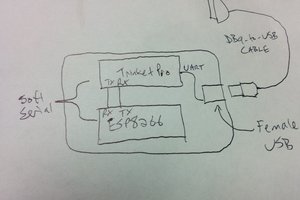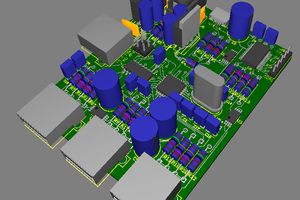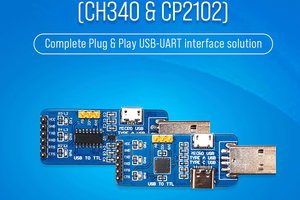This project started from a desire to have a wireless serial connection to my 3D printer. It's not something I need often, but it would be a bit more convenient than plugging in a computer directly. A common suggestion is to use Octoprint, but that is overkill for me, I just want the serial connection.
The easiest method to accomplish this task would be to tap into the Tx and Rx lines of the mainboard and hook them up to an ESP8266. But I don't want to modify my printer, I'd rather use the provided mini USB port to access the serial lines. The mainboard has a Creality3D V1.1.3 mainboard which uses an FTDI FT232RL serial to USB bridge chip. To interface with the FT232, this project will require USB host functionality, either from a dedicated chip or a microcontroller with that feature built in.
This should be an easy project to get working, all of the necessary hardware and software components appear to already exist. For the experience, I plan to iterate multiple versions and eventually design a custom PCB and 3D printed case.
 Robert
Robert
 Stefan Wagner
Stefan Wagner
 Ryan Aguilar
Ryan Aguilar
 Andreas Dahlberg
Andreas Dahlberg